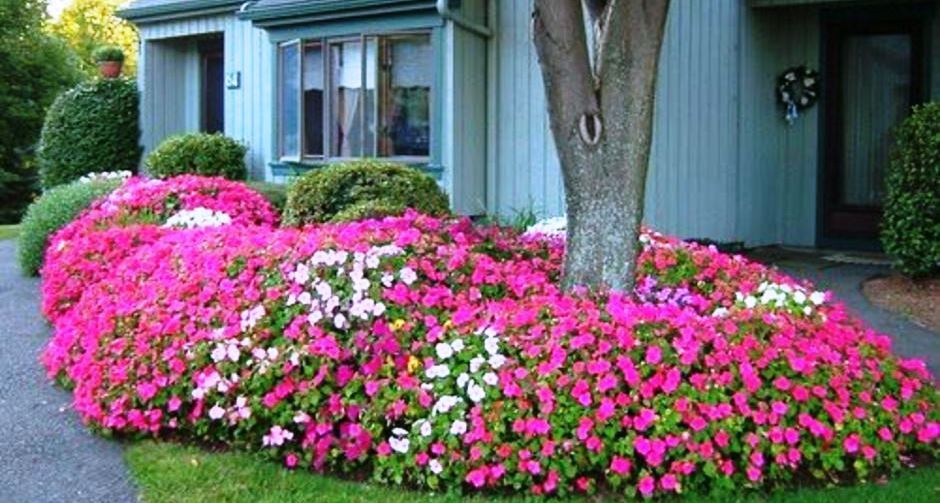Gardens can be prominently displayed in many different states in areas with consistent irrigation. Hardscaping is generally an important component of landscapes and designing a low maintenance landscape garden will be a great improvement for a home’s property. Hardscapes can be anything from a small pathway, maybe leading to a bench, a stone fireplace or a fountain to aControl worship site. Changing the look of a building usually requires much of structural demolition and depending on the condition of the building and site, a great deal of demolition and therefore careful planning. Not only is the walling destroyed, along with windows and doors, a great deal of the structure is left in the rut, if not totally destroyed. Hardscapes may include retaining walls, small piece landscaping or terracing a lawn, a patio, or setting block. As with all home design, be sure to consider how long the change takes to accomplish a particular look, as well as how much the project will cost.
Achieving the Proper Placement
The most important thing to remember when landscaping is the balance of large and small elements. If you are starting with the large area immediately adjacent to the building, there should be a good balance of large plants, such as shrubs, hedges and trees. In areas with a specific configuration, such as a steep grade, this will combine two elements into one, one being a large area that provides shade and also contains several small bushes. In these types of situations, several low growing plants are advised. In a fairly plain area, planting one to two medium bushes is advised. Whenever possible, angles should be used to divide the larger areas of turf in various directions to create good much more interesting ground cover and then to soften the angles. This can be accomplished using either a metal or wooden stake in the ground or even creating a border of bricks or stones. It also helps to create small pathways through the hilly area.
Deciding on a Plants’ Place
Take into consideration when deciding which plants to place where, not just because of their overall growth pattern, but also how much sunlight each spot gets. Try to plant trees at a time when they are young and small, and if you cannot, try to choose shades of trees that will grow to large dimensions in time. This will ensure the proper growth for the species of plants picked and undoubtedly an attractive space as well. Trees can be used to overlap, divide or to outlined the area. An easy way to describe the shape of a tree is to use the blessings of Mother Nature. A tall tree can act as a border around a room or a railing on a deck. It is with caution and forethought that tree care should be practiced and this information is written solely as a guide. The vision you might create could be the very thing you are planting. Whether you choose to grow a broad livelier species of tree close together or a selection of small shade trees that grow together is up to you. This is really a preference that will be up to what you and your family like and in an effort to create something beautiful heirloom that you will be able to hand down to future generations.

